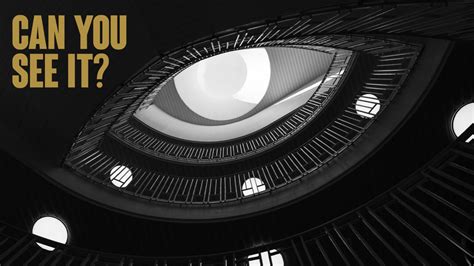The human eye is a marvel of engineering. It can detect light waves with wavelengths ranging from 400 to 700 nanometers, giving us the ability to see the world around us in full color. But what if we could see more than just visible light?

Invisible Light
Beyond the visible spectrum, there are a whole range of other electromagnetic waves that we cannot see with our naked eyes. These include ultraviolet light, infrared light, microwaves, and radio waves.
- Ultraviolet light has a shorter wavelength than visible light, and it can be harmful to our skin and eyes. However, it is also used in a variety of applications, such as tanning beds and medical imaging.
- Infrared light has a longer wavelength than visible light, and it is often used in night vision devices and heat-seeking missiles.
- Microwaves have a much longer wavelength than infrared light, and they are used in a variety of applications, such as cooking and telecommunications.
- Radio waves have the longest wavelength of all, and they are used in a variety of applications, such as radio broadcasting and cell phones.
Seeing the Invisible
There are a number of ways to see invisible light. One way is to use a special camera that is sensitive to a specific range of wavelengths. Another way is to use a device called a spectrometer, which can break down light into its component wavelengths.
Applications of Invisible Light
Invisible light has a wide range of applications in various fields, including:
- Medicine: Invisible light can be used to diagnose and treat a variety of medical conditions, such as cancer and heart disease.
- Security: Invisible light can be used to detect hidden objects, such as weapons and explosives.
- Manufacturing: Invisible light can be used to inspect products for defects and to measure distances.
- Science: Invisible light can be used to study the universe and to learn about the composition of materials.
The Future of Invisible Light
The field of invisible light is still in its early stages, but it holds great promise for the future. As we learn more about how to see and use invisible light, we will be able to develop new technologies that will improve our lives in countless ways.
Tips and Tricks
Here are a few tips and tricks for seeing invisible light:
- Use a dark room: The darker the room, the easier it will be to see invisible light.
- Use a special camera: There are a number of special cameras available that can be used to see invisible light.
- Use a spectrometer: A spectrometer can be used to break down light into its component wavelengths.
- Look for patterns: Invisible light often appears as patterns, such as lines or dots.
Common Mistakes to Avoid
Here are a few common mistakes to avoid when trying to see invisible light:
- Do not look directly at the sun: The sun emits a lot of ultraviolet light, which can be harmful to your eyes.
- Do not use a laser pointer to shine in your eyes: Laser pointers can emit a lot of infrared light, which can also be harmful to your eyes.
- Do not use a microwave oven to heat food while you are looking inside: Microwaves can emit a lot of microwave radiation, which can be harmful to your health.
Pros and Cons
Here is a table of the pros and cons of seeing invisible light:
| Pros | Cons |
|---|---|
| Can be used to see hidden objects | Can be harmful to your eyes |
| Can be used to diagnose and treat medical conditions | Can be expensive |
| Can be used to inspect products for defects | Can be difficult to use |
| Can be used to study the universe | Can be time-consuming |
## Conclusion
Invisible light is a powerful tool that has the potential to change our world. As we learn more about how to see and use invisible light, we will be able to develop new technologies that will improve our lives in countless ways.
